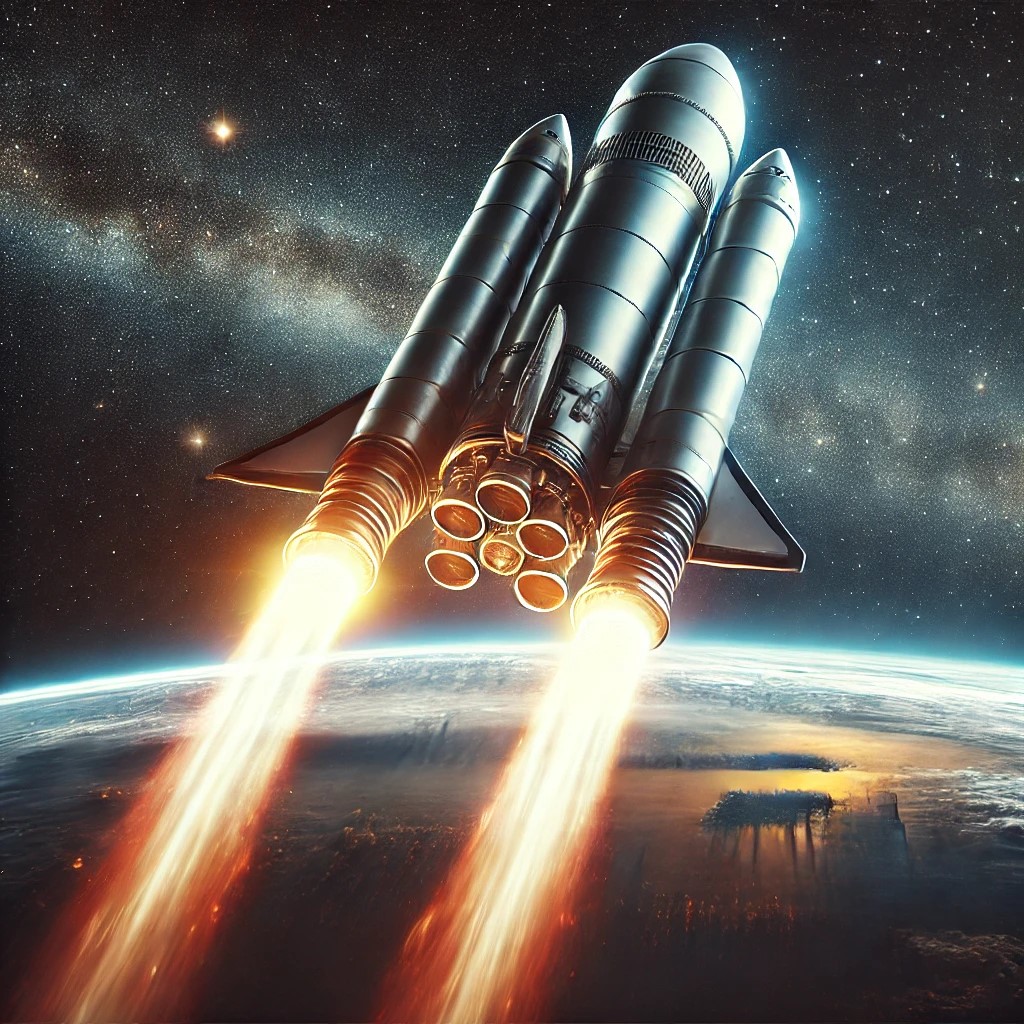
To fly into space, a spacecraft must achieve remarkable speeds to overcome Earth's atmosphere and gravitational pull. The first milestone is reaching **orbital velocity**, which is approximately 28,000 kilometers per hour (17,500 miles per hour). At this speed, a spacecraft can maintain a stable orbit around Earth by balancing the pull of gravity with centrifugal force. For missions leaving Earth's vicinity, such as interplanetary travel, the spacecraft must reach **escape velocity**, which is about 40,270 kilometers per hour (25,020 miles per hour). Achieving these speeds depends on several factors, including atmospheric drag, rocket design, and the mission's destination. Modern rockets use multi-stage systems to efficiently accelerate spacecraft to the required velocities. For example, the Saturn V rocket, which launched the Apollo missions, exceeded speeds of 39,000 kilometers per hour (24,000 miles per hour), while the Space Shuttle traveled at orbital velocity to reach the International Space Station. For interplanetary missions, speeds can be even greater; the Parker Solar Probe, the fastest human-made object, reached over 700,000 kilometers per hour (430,000 miles per hour) as it approached the Sun. These incredible speeds highlight the precision and innovation required to explore space.